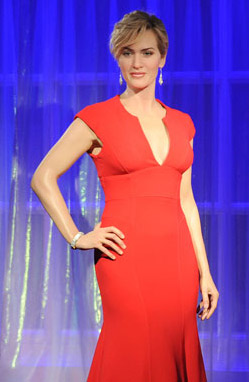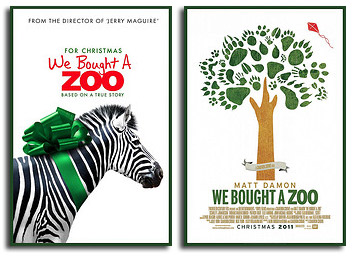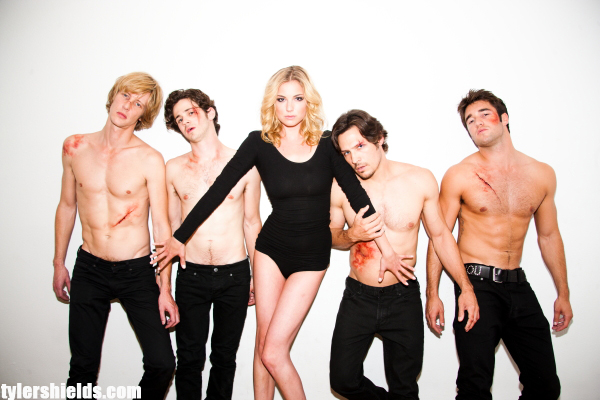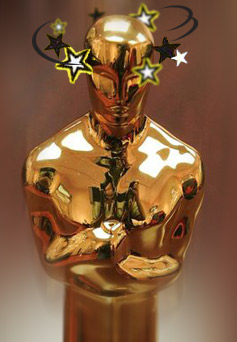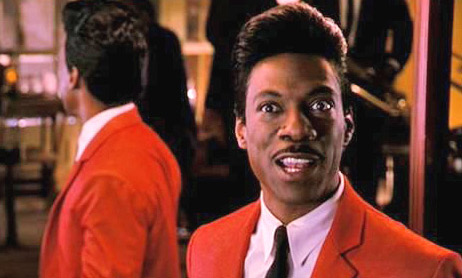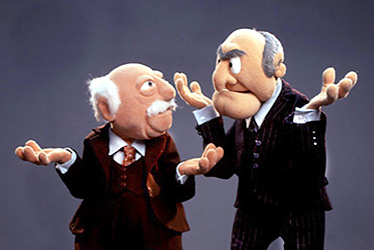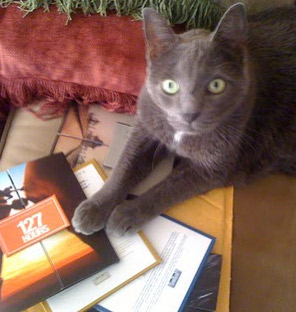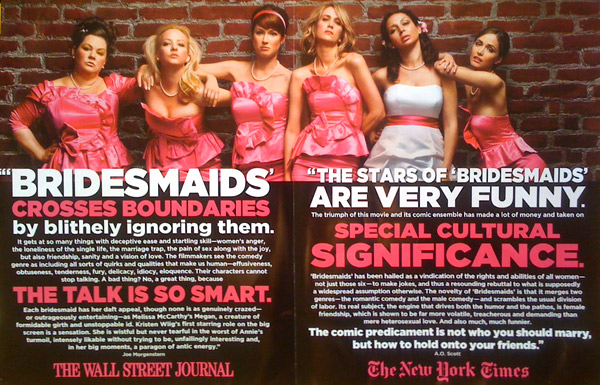"Midnight in Paris" Five Months On...
 Wednesday, November 9, 2011 at 11:30PM
Wednesday, November 9, 2011 at 11:30PM 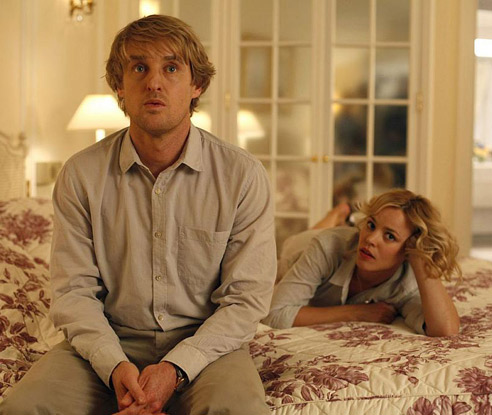 Oscar in Paris? Five million months after its release I'm hearing "Midnight in Paris" at Oscar shindigs more often than I'm hearing the title of any other movie. Seriously just in the last few weeks I've heard it pop up in virtually every "what movie do you like?" conversation. So I just went and locked it up on the Best Picture chart. (Shoulda done that with the last gold man column.) This seemingly widespread preference -- though I have heard a few "eh, it was okay"s amidst the name checking -- could simply be the fact that everyone has already seen it. You'd be surprised how few of the members have seen the presumed big guns...even things that have screened a lot like The Artist. They really do appear to wait until this time of year to watch movies!
Oscar in Paris? Five million months after its release I'm hearing "Midnight in Paris" at Oscar shindigs more often than I'm hearing the title of any other movie. Seriously just in the last few weeks I've heard it pop up in virtually every "what movie do you like?" conversation. So I just went and locked it up on the Best Picture chart. (Shoulda done that with the last gold man column.) This seemingly widespread preference -- though I have heard a few "eh, it was okay"s amidst the name checking -- could simply be the fact that everyone has already seen it. You'd be surprised how few of the members have seen the presumed big guns...even things that have screened a lot like The Artist. They really do appear to wait until this time of year to watch movies!
I mentioned its conversational ubiquity on my twitter which prompted some conversation amongst friends. Colin pointed me to this old review at Rules for Anchorites which helped him understand the movie's appeal a little better. That review says lots of things I relate to but it does seem to willfully ignore the point that Woody Allen is not actually endorsing his altar ego's romanticizing of the past in the screenplay. It reminded of something really cynical Woody once said about Hannah and Her Sisters when it became popular. I wish I could find the quote but it was something about how he always felt that if his movies became popular they were popular only because people misunderstood them. To the Midnight naysayers I said that while you can quibble with the execution all you like, the movie is popular because the conceit is very very strong. I genuinely thought this was a "no duh" controversy-free statement but I was surprised to get immediate dissent. Nick & Joe & Guy all seem really dismissive of even the movie's central conceit which I just unequivocally love. Are my friends just hard-to-please bitches (kidding!) or are they right? I personally wish Midnight were a bit funnier and less jerry-rigged for Owen sympathy -- you'd get a much smarter/stronger movie instantly if you soften the fiancee or remove her entirely -- but I liked it and, again, the core is marvelous.
I'm eager to reassess soon. Do you still think about the movie? Did you like it enough to see it twice?
 Midnight in Paris,
Midnight in Paris,  Oscars (11),
Oscars (11),  Twitter
Twitter 


